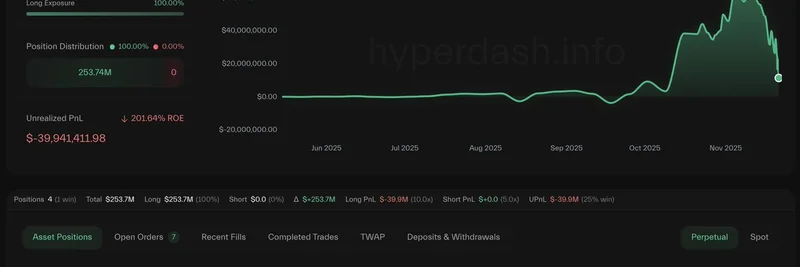When Mike Cahill, CEO of Douro Labs and a key contributor to Pyth Network, tweeted about WatersTechnology covering decentralized infrastructure, it caught our eye here at Meme Insider. It's not every day that a traditional finance publication like WatersTech dives into the world of blockchain oracles. But as Cahill points out, this coverage signals massive shifts in market data landscapes. Let's break it down and see why this matters for blockchain enthusiasts, especially those in the meme token space.
Understanding Pyth Network: The Oracle Powerhouse
If you're new to blockchain, an oracle is essentially a bridge that brings real-world data into smart contracts. Pyth Network, launched in 2021, has become a leader in this area by providing fast, accurate price feeds for everything from cryptocurrencies to stocks, forex, and commodities. It pulls data directly from over 120 top-tier institutions like Jump Trading, Jane Street, and major exchanges such as Cboe and LMAX.
What sets Pyth apart is its speed—millisecond updates—and its scale. It powers over 600 DeFi applications across more than 100 blockchains, securing a whopping $1.6 trillion in transaction volume. For meme token traders, this means reliable pricing on decentralized exchanges (DEXes) and perpetual futures platforms, reducing risks like manipulation or outdated data.
The Big News: Pyth Pro Enters the Institutional Arena
Back in September 2025, Pyth announced Phase Two of its roadmap, focusing on monetizing its data network for institutions. This culminated in the launch of Pyth Pro, a subscription service aimed at traditional finance players. According to the press release, Pyth Pro offers a "single source of truth" across asset classes, delivered in formats that fit seamlessly into institutional workflows like risk management and compliance systems.
Key features include:
- Source-Driven Data: Transparent aggregation with confidence intervals, straight from proprietary feeds.
- Global Coverage: One subscription for cross-asset, cross-regional data, breaking down silos.
- Tiered Pricing: Clear, predictable costs without hidden fees, a jab at legacy providers like Bloomberg.
- Flexible Delivery: Onchain for DeFi or offchain for TradFi, with payments in USD, stablecoins, or PYTH tokens.
This move targets the $50 billion institutional market data industry, where incumbents have hiked prices by over 50% in recent years. By bypassing middlemen, Pyth lets data providers monetize directly, potentially lowering costs and improving quality.
Why WatersTechnology's Coverage is a Game-Changer
The WatersTechnology article (paywall alert) highlights Pyth's ambition to mirror traditional data markets in a decentralized setup. As Cahill noted, creating true real-time (t0) prices outside exchanges was once impossible—now it's "ancient history." This TradFi attention validates Pyth's tech and could accelerate adoption among banks and funds, bringing more liquidity and stability to blockchain ecosystems.
For context, partnerships like B2C2 joining as a data provider in October 2025 show momentum. Institutions get better data, while DeFi benefits from enhanced feeds.
Implications for Meme Tokens and Blockchain Practitioners
Meme tokens thrive on volatility and community hype, but they need solid infrastructure to scale. Pyth's expansion means more accurate, real-time pricing for meme token pairs on platforms like Solana or Ethereum DEXes. Imagine trading a hot new meme coin with institutional-grade data—fewer oracle attacks, better perp funding rates, and smoother integrations.
For blockchain practitioners, this bridges TradFi and DeFi, opening doors to tokenized real-world assets (RWAs). As Pyth adds thousands of new symbols yearly, meme projects could tap into global markets, like forex-influenced memes or commodity-backed tokens.
In short, Pyth's institutional push isn't just about big finance; it's fueling the next wave of DeFi innovation, making meme tokens more robust and accessible. Keep an eye on PYTH token utility—revenue from subscriptions could drive buybacks and incentives, boosting holder value.
If you're diving into meme tokens, understanding oracles like Pyth is key. Check out their publishers page to see how you can contribute or benefit. What's your take on this TradFi-DeFi convergence? Drop a comment below!




